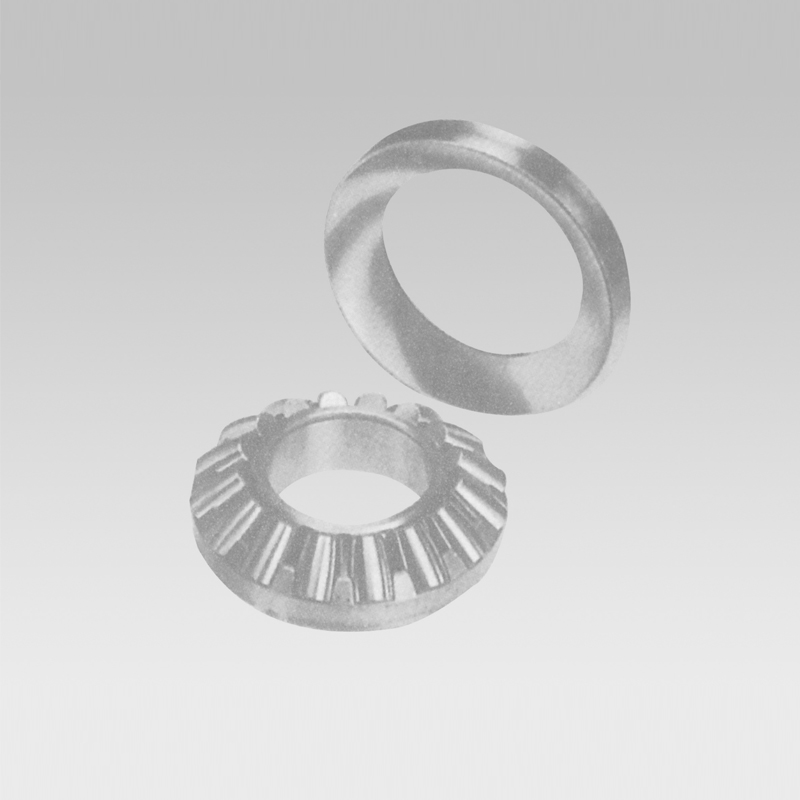
wrz . 21, 2024 17:55 Back to list
deep groove ball bearing misalignment
Deep Groove Ball Bearing Misalignment Understanding and Mitigation
Deep groove ball bearings are widely utilized in various mechanical applications due to their versatility, simplicity, and ability to accommodate both radial and axial loads. However, one critical issue that can significantly affect their performance is misalignment. Understanding the causes and implications of misalignment in deep groove ball bearings is essential for maintaining optimal functionality and extending the lifespan of machinery.
Misalignment occurs when the shaft and housing of a bearing are not perfectly aligned. This can stem from several factors, including manufacturing tolerances, installation errors, or operational conditions such as thermal expansion or wear. Regardless of the cause, misalignment can lead to premature bearing failure, increased friction, and additional stress on adjacent components.
The primary mechanism through which misalignment affects deep groove ball bearings involves uneven loading. When a bearing is misaligned, certain balls within the bearing raceway may bear a heavier load than others. This uneven distribution can generate excessive heat, leading to accelerated wear of the bearing components. Additionally, it may cause vibrations, which can further exacerbate wear and potentially disrupt the entire mechanical system.
Several types of misalignment can occur in deep groove ball bearings, including angular misalignment, radial misalignment, and a combination of both. Angular misalignment occurs when the axes of the shaft and housing form an angle, while radial misalignment results from a displacement between the center of the bearing and the rotational axis. Each type of misalignment can cause distinct issues, necessitating a tailored approach to detection and prevention.
deep groove ball bearing misalignment

To mitigate the risks associated with misalignment, several strategies can be implemented. Firstly, during installation, it is crucial to ensure that all components are correctly aligned. Employing precision tools such as laser alignment devices can help achieve optimal alignment, minimizing the likelihood of misalignment-related problems.
Regular maintenance and inspections are also essential in identifying and addressing misalignment early. Monitoring vibration and temperature levels can serve as effective indicators of bearing performance. If abnormal readings are detected, further investigation may reveal misalignment or other underlying issues that need rectification.
In more advanced settings, using bearings designed to handle misalignment can provide an additional layer of protection
. Some modern deep groove ball bearings incorporate features such as self-aligning capabilities, which can compensate for minor misalignments without significant disruption to performance.Furthermore, engineers and designers must consider the operational environment of deep groove ball bearings. Implementing adaptive control systems that can adjust for thermal expansion or load variations may enhance the overall performance and longevity of the bearings.
In conclusion, misalignment in deep groove ball bearings is a significant issue that can adversely impact their performance and lifespan. By understanding the causes and implementing effective strategies for prevention and detection, engineers and technicians can ensure the reliable operation of machinery. Proper alignment, routine maintenance, and the application of advanced bearing technologies are all crucial steps in mitigating the risks associated with misalignment, promoting the efficiency and durability of mechanical systems.
Latest news
-
Common Failures in Thrust Ball Bearings and Solutions
NewsAug.22,2025
-
How Tapered Roller Bearings Can Take Shock Loads
NewsAug.22,2025
-
Angular Bearings in High-Precision Spindles
NewsAug.22,2025
-
The Impact of Misalignment on Cylindrical Roller Bearing Performance
NewsAug.22,2025
-
The Role of Cage Design in Deep Groove Ball Bearing Durability
NewsAug.22,2025
-
The Impact of Material Quality on Machinery Bearings’ Lifespan
NewsAug.22,2025
